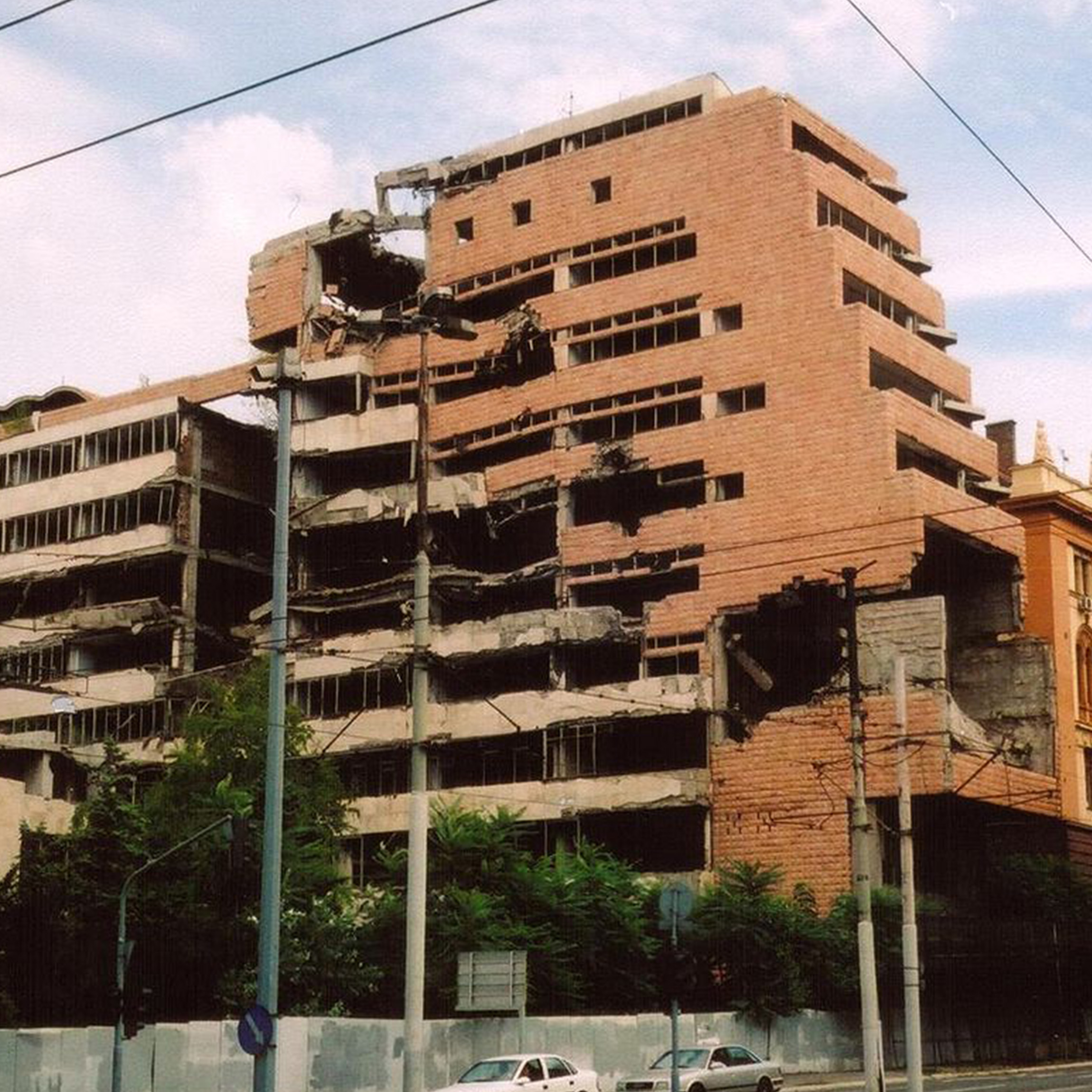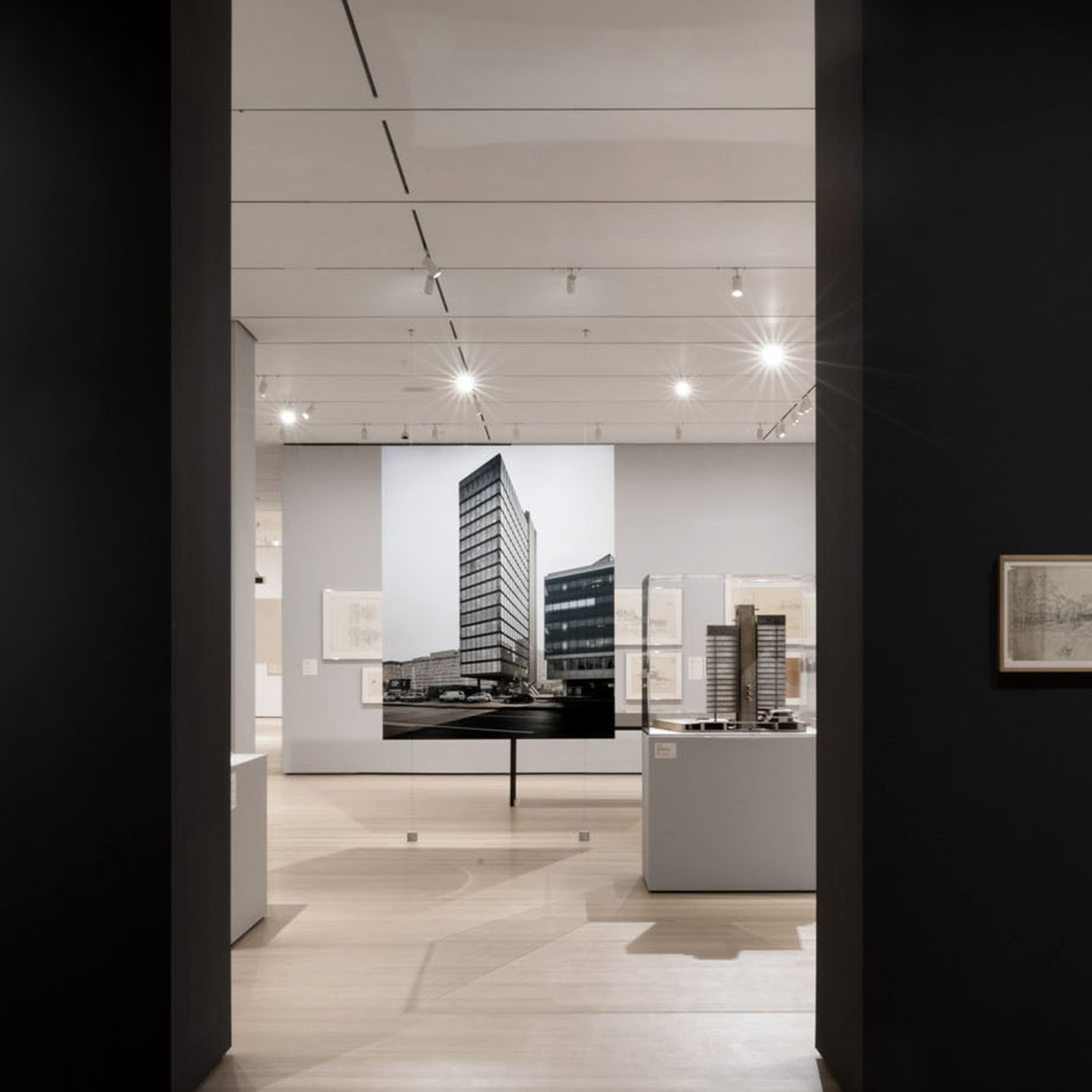Amar Sehović
Betreuung:
Univ.-Prof. Mag. Milica Tomić
Institut für Zeitgenössische Kunst
2022
Link zur Diplomarbeit
The Yugoslav Ministry of Defence building, also known as the Yugoslav General Staff, destroyed by NATO bombing of Yugoslavia (today Serbia) in 1999, had been the sole architectural object in Belgrade and Serbia that followed the ideas of Yugoslav modernist architect Nikola Dobrovic. The building’s design derived from his theory of space-in-motion. This master thesis seeks to find out how dynamic notions of architectural and historical transformations relate to the socio-political conditions of their environment. ls architectural identity conditioned by current social discourse, be it revolutionary or reactionary? Or does, perhaps, the change of social discourse converge with the change of architectural identity, be it destructive or constructive? Nonetheless, because of its history, the General Staff represents an extreme form of distorted architectural identity in which reactionary and revolutionary, destructive and constructive elements, are juxtaposed. When the MoMA exhibition tried to explain this architecture and its identity, strong antagonisms in its interpretation emerged. Alongside the comprehension of these antagonisms, this thesis further investigates the intersection of utopian motifs, destruction and architecture in Yugoslav socialist modernism that eventually manifested themselves or were suppressed with the outbreak of neoliberal politics, ethnic conflicts, and the postmodern meta-narrative.




